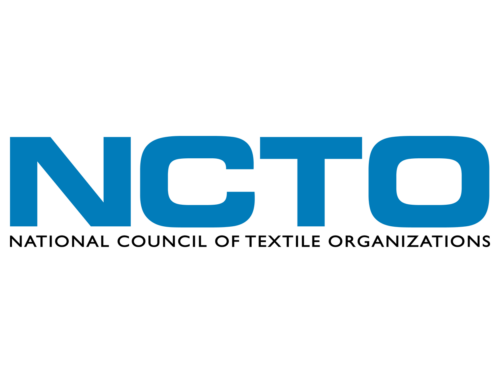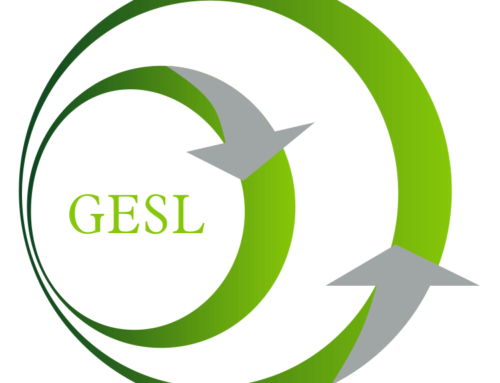
frequently asked questions for
down and feather
As a down and feather manufacturer, will using DNA technology require new machinery or equipment?
No, the SigNature® T molecular tag is simply added in the final blending drum. SigNify® portable testing equipment is recommended for performing routine QC checks to confirm the presence of the molecular tag.
How many samples can I test at once using the SigNify device?
16 tests can be performed in one test run.
How long does testing take?
Up to 16 tests can be completed in approximately 60 minutes.
How much does the SigNify equipment cost?
The total cost is USD $9,500 for the portable testing equipment, which includes 40 test kits containing the reagents needed to ‘unlock’ the SigNature T molecular tag for analysis.
Can I order additional reagents?
The reagents used with SigNify test equipment cost $10 per test.
Can the test equipment be used in other parts of the down and feather supply chain?
Yes, testing can be performed throughout the supply chain using SigNify portable testing equipment. Applied DNA offers training for clients who will be performing in-house testing.
How many tests need to be performed?
This is entirely up to the customer. Initially Applied DNA suggests clients test a greater number of samples, particularly in supply chain areas that have been identified as “high-risk”. Once initial data has been collected, testing can be reduced over time.
At what point in the supply chain can SigNature T molecular tags be applied to down?
Following the washing and grading processes of the feathers and down, they are assembled to meet specific client requirements. It is at this assembly point when SigNature T molecular tags are applied to down before being passed to manufacturers of finished product such as bedding or thermal jackets.
How many different SigNature T molecular tags are available?
A nearly limitless number of unique SigNature T molecular tags can be created. We suggest each production facility use a single tag to treat their blended down and/or feather products, which will serve to prove their identify later in the supply chain.
How and where are the SigNature T molecular tags manufactured?
SigNature T molecular tags are manufactured at Applied DNA headquarters in Stony Brook, NY, using proprietary and patented equipment and processes.
What is the shelf life of the SigNature T molecular tag and how is it stored?
SigNature T molecular tag concentrates shall be stored between 4° and 8°C (refrigerated) for no more than 12 months from the date of manufacture by Applied DNA. The use-by date will be printed on the bottle label.
Are there any issues with SigNature T DNA molecular tags with regard to GMO?
No. SigNature T molecular tags are not long enough to be considered a gene, not derived from a living organism and therefore have no genetic function and are unable to modify another living organism (or cell).
Can a SigNature T molecular tag be copied by a counterfeiter?
Due to Applied DNA’s patented and proprietary production methods, SigNature T molecular tags cannot be copied. It would be commercially infeasible and impractical to reverse engineer the molecular tag.
How do I get started tagging my down?
Brands will need to discuss molecular tagging with their suppliers. Understanding manufacturing processes and authentication requirements will determine the optimum point for molecular tagging. Our team can train staff on the use of SigNify portable test equipment where required.
How can the ‘CertainT’ platform help me ‘Tag’, ‘Test’ and ‘Track’ my down items?
Customers can purchase access to an online platform to support data management and provide traceability. A unique SigNature T molecular tag is applied to an item(the ‘Tag’). It is then tested using SigNify portable test equipment and the resulting data are uploaded to Applied DNA’s database (the ‘Test’).
All data captured during the tests taken along the supply chain are compared against the client’s molecular tag, allowing manufacturers and brands to provide their customers a story of the journey of their down product (the ‘Track’). Some clients may wish to align this data with existing IT infrastructure to provide clients with the ability to allow end users to see the story via QR codes, etc.
Who owns the data?
Data is owned by the company who provides it.




